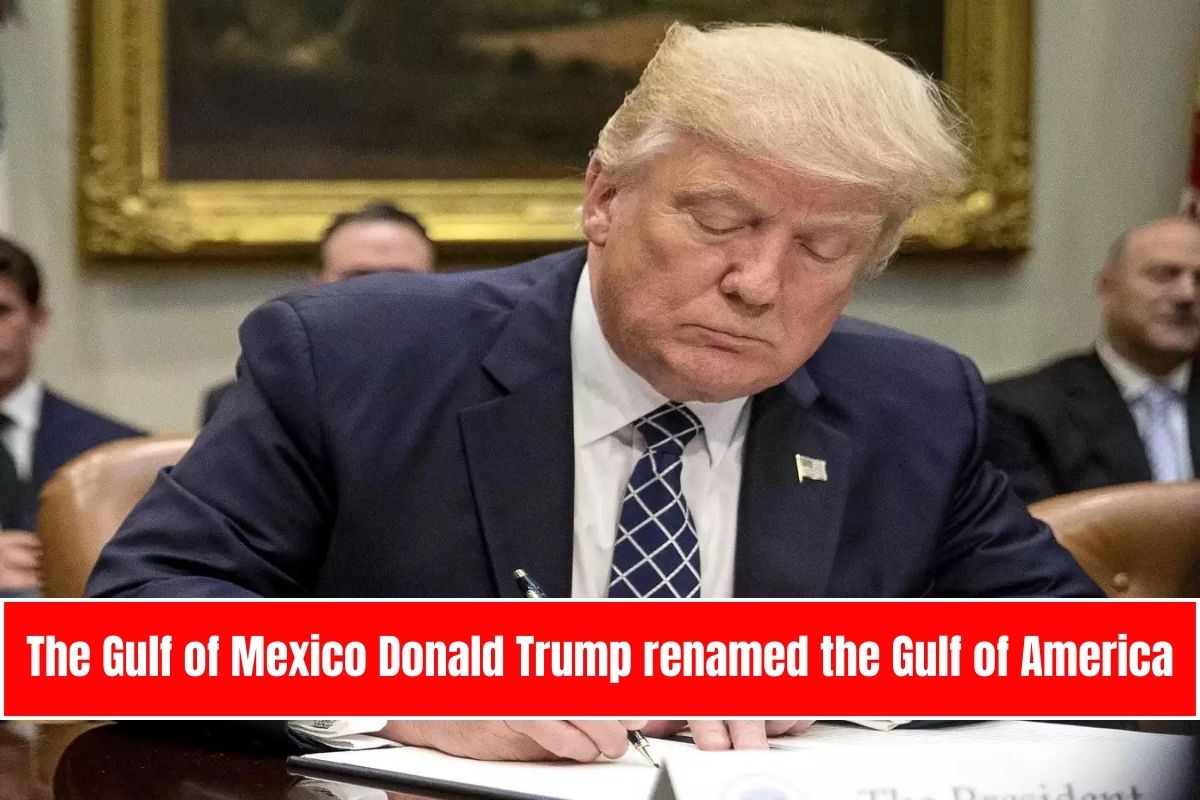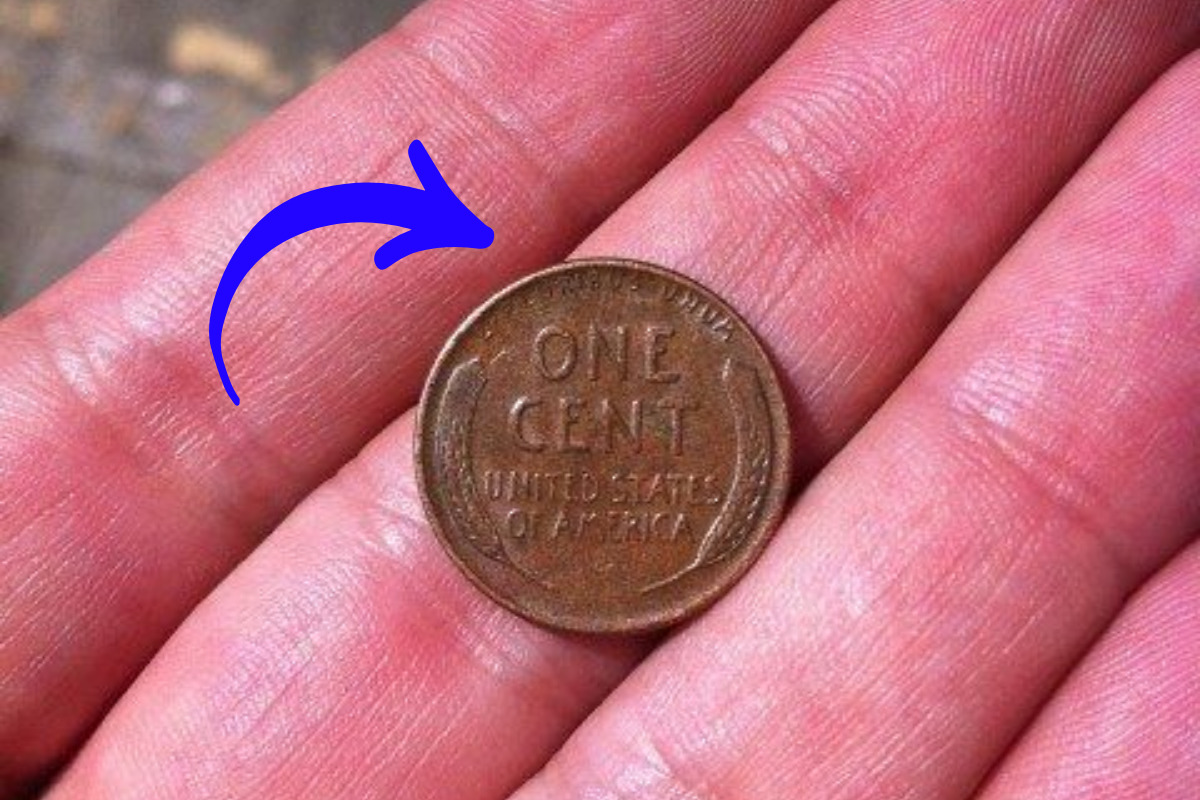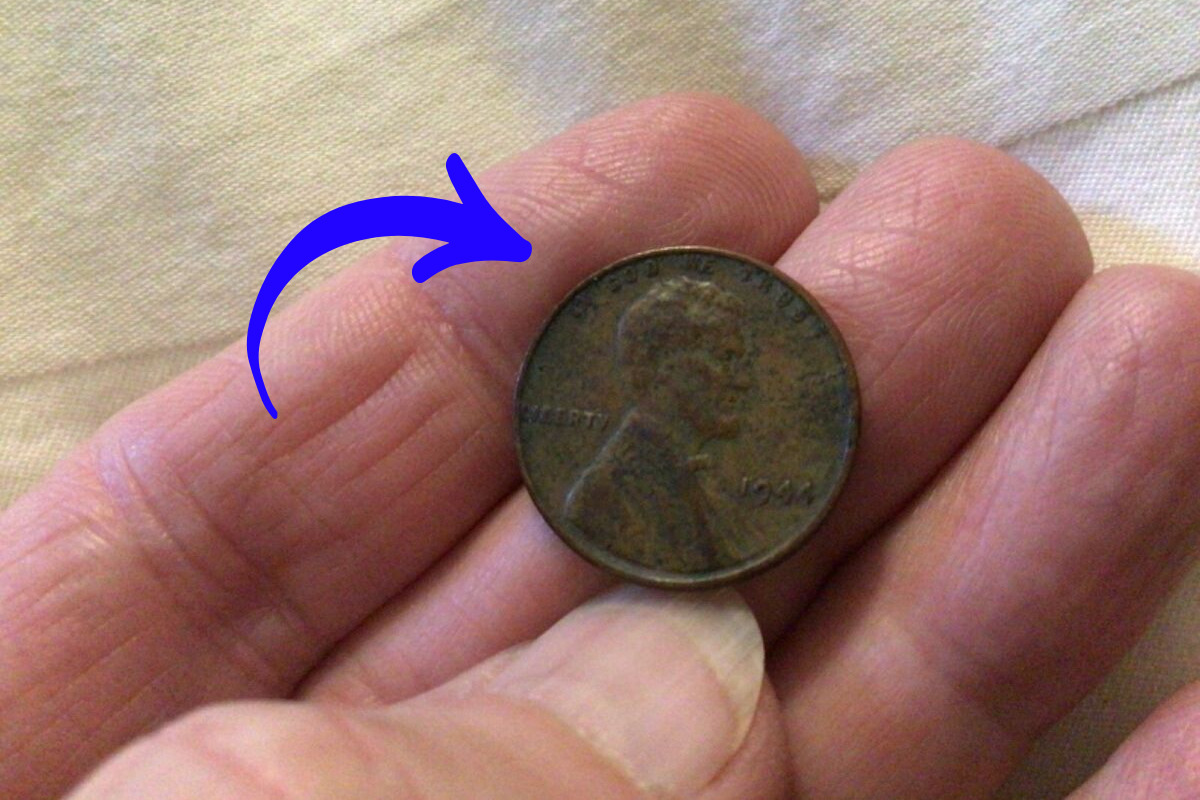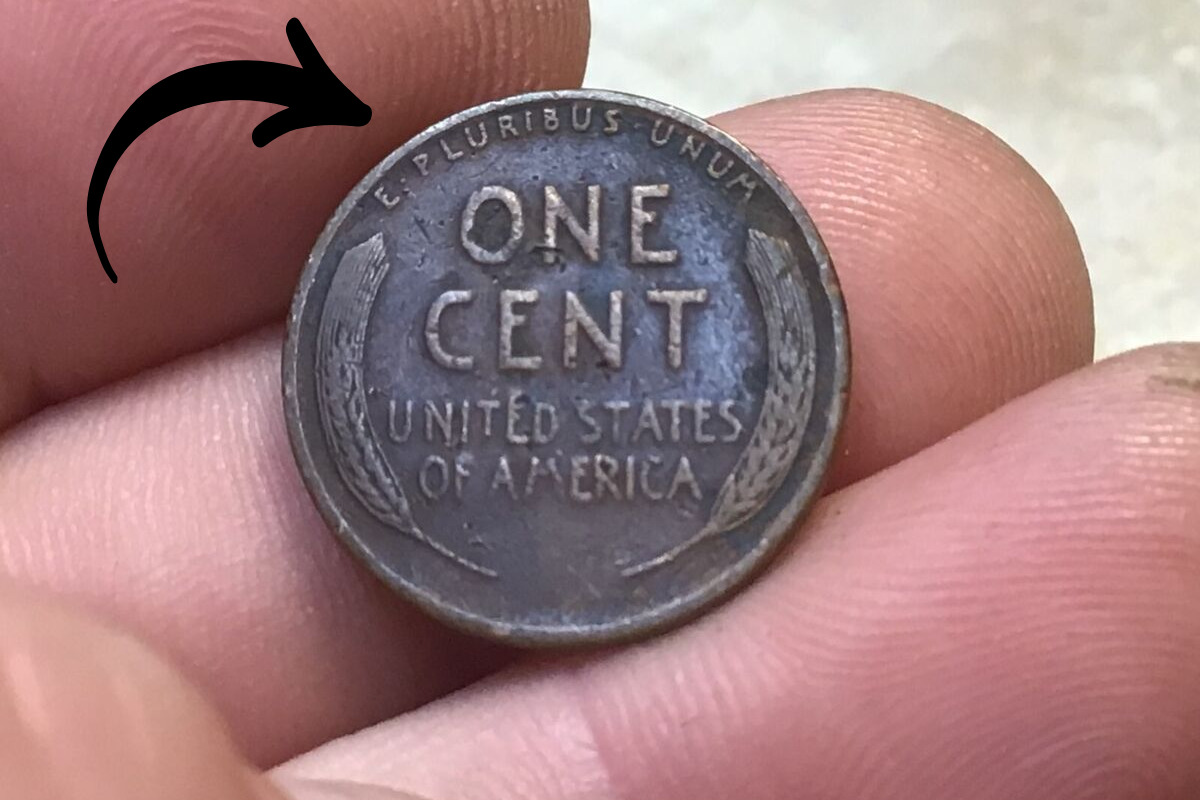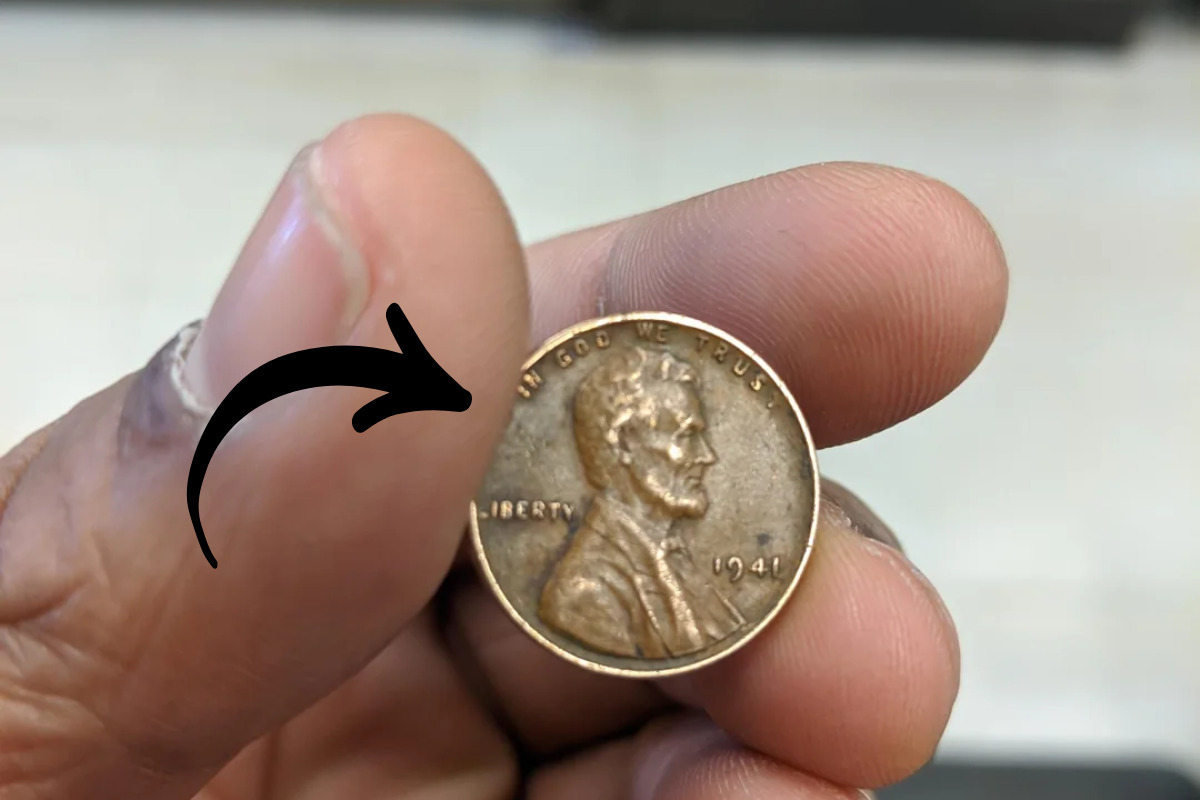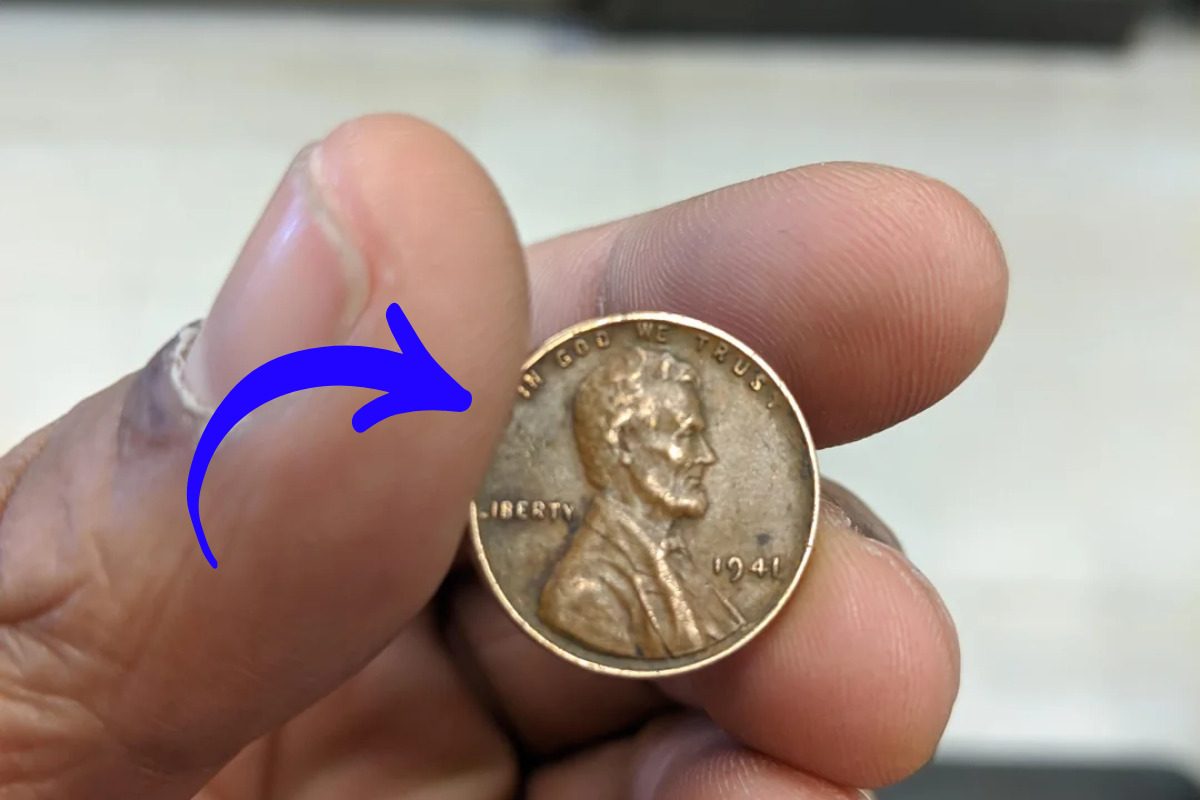This news about former US President Donald Trump renaming the Gulf of Mexico to the “Gulf of America” and declaring February 9 as “Gulf of America Day” has certainly sparked discussions. His executive order, titled “Restoring Names That Honour American Greatness,” directed the US Secretary of the Interior to formalize the name change within 30 days. Let’s take a deeper look at this decision, its historical background, and the possible implications.
Trump Renames Gulf of Mexico as Gulf of America
In an official proclamation, Donald Trump stated that the Gulf of Mexico has been a vital resource for the United States and an enduring part of American history. While flying on Air Force One from Palm Beach, Florida, to New Orleans for Super Bowl LIX, Trump reportedly reflected on the significance of the Gulf and announced the renaming.
The proclamation also encourages US citizens to observe Gulf of America Day with suitable programs and activities. Following the order, the US Coast Guard has already started using the new name, and Interior Secretary Doug Burgum has been given 30 days to finalize the transition in all federal records and maps.
Historical Context of the Gulf of America
The water body, now officially called the Gulf of America, was originally known as Seno Mexicano or Mexican Bay. Spanish explorers later renamed it Gulf of Mexico due to its extensive coastline along Mexico, a name that remained in use for centuries.
The renaming comes amid ongoing tensions between the Trump administration and Mexico. In the past, Trump had threatened to impose a 25% tariff on Mexican imports but later suspended the decision after Mexico agreed to deploy 10,000 National Guard troops to its border.
Trump’s Longstanding Proposal to Rename the Gulf
Donald Trump had previously suggested renaming the Gulf during a press conference after taking office as the 47th President of the United States. He argued that “Gulf of America” better reflects the country’s historical legacy and national pride.
The new name is set to be used in all official US government documents and maps. However, it remains unclear whether schools, educational institutions, and international organizations will adopt this change. The White House also released a video of Trump signing the proclamation aboard Air Force One while flying over the Gulf.
Symbolic Meaning: Restoring American Identity
Trump emphasized the symbolic importance of renaming the Gulf, stating that it aligns with his administration’s goal of restoring national pride. This move follows previous efforts by Trump to rename geographical locations, including his proposal to revert Mount Denali in Alaska back to its former name, Mount McKinley, in honor of the 25th US President.
Supporters of the renaming believe it strengthens American identity and historical connections to the region. However, critics argue that the move could strain diplomatic relations with Mexico and other neighboring countries.
Public Reactions and Political Impact
The decision to rename the Gulf has triggered mixed reactions from the public and political analysts.
- Supporters claim it reinforces American pride and sovereignty over the region.
- Critics argue that changing the name could create unnecessary tensions with Mexico and other nations that share maritime boundaries with the US.
Beyond symbolism, this renaming move highlights Trump’s approach to reshaping America’s geographical and historical identity, sparking debates on nationalism, diplomacy, and historical recognition.
The renaming of the Gulf of Mexico to the Gulf of America reflects a shift in US policy and national identity under Trump’s administration. While it aims to reinforce American historical ties to the region, it has also raised questions about its impact on international relations, especially with Mexico. Whether this change will have long-term effects remains to be seen, but for now, the Gulf of America is officially part of US federal records.
